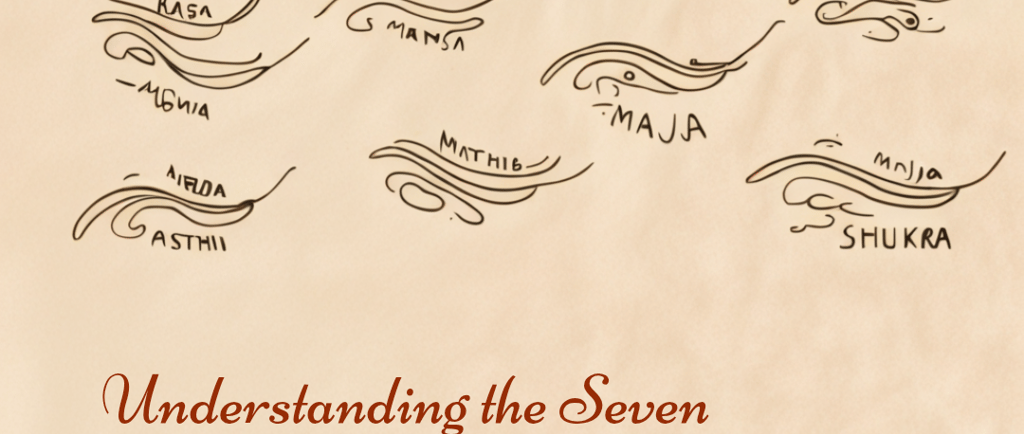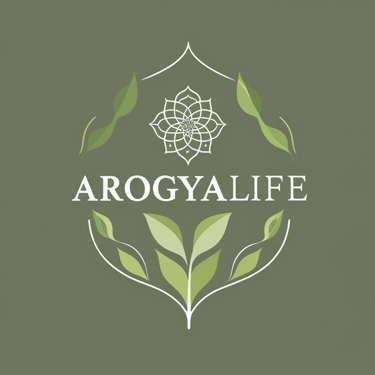Ayurvedic Dhatu
7 tissues channels according to Ayurveda
Dr Dushyant Nirmal
9/18/20252 min read


Introduction of 7 Dhatu by Dr Dushyant Nirmal certified Ayurvedic Doctor in Latvia Europe traditional Indian medicine रसासृङ्गांसमेदोऽस्थिमज्जशुक्राणि धातवः । सप्त दृष्याः-
The Seven Dhatus: The Pillars of the Body
In Ayurveda, the Dhatus (literally meaning "that which holds" or "supporting tissues") are the seven fundamental bodily tissues that form the very structure and foundation of the human body. They are the sequential layers of the physical self, each one nourished by and built upon the previous one.
The health of these Dhatus is paramount, as they provide strength, vitality, and overall well-being. The process of their formation and nourishment is known as Dhatu Agni (metabolic fire), where each Dhatu has its own Agni to transform nutrients into usable tissue.
Here are the seven Dhatus in their natural order of formation:
1. Rasa (Plasma or Nutrient Fluid): The first product of digested food. It represents the nutrient-rich plasma that circulates throughout the body, nourishing all other tissues and providing satisfaction and hydration.
2. Rakta (Blood): Refined from Rasa Dhatu, Rakta represents the red blood cells. It is governed by the Liver and Spleen and is responsible for oxygen transport, vitality, complexion, and life force.
3. Mamsa (Muscle): Built from the essence of Rakta, Mamsa Dhatu forms the muscle tissue. It provides physical strength, covers the organs and bones, and enables movement.
4. Meda (Fat or Adipose Tissue): Formed from Mamsa, Meda Dhatu is the fat tissue. It lubricates the body, provides insulation, stores energy, and contributes to smooth, soft skin.
5. Asthi (Bone): The essence of Meda is used to create Asthi Dhatu, the bone tissue. It gives the body its structure, framework, and stability.
6. Majja (Bone Marrow and Nervous Tissue): Formed within the bones from Asthi, Majja Dhatu includes both bone marrow and nerve tissue. It fills the bone spaces, supports sensory and motor functions, and is linked to compassion and emotional connection.
7. Shukra/Artava (Reproductive Tissue): The final and most refined essence of all previous Dhatus. In males, it is Shukra (semen), and in females, it is Artava (ovum/ reproductive fluid). This Dhatu is the source of creativity, procreation, overall vitality (Ojas), and bliss.
The Ultimate Goal: Ojas
When all seven Dhatus are healthy and the digestive process is strong, the final byproduct is Ojas. Ojas is the essence of all essences—a subtle substance that resides in the heart. It is the source of our ultimate immunity, strength, and bliss.
In essence, the journey of the Dhatus is the journey of transforming food into the physical body and, ultimately, into radiant health and consciousness.
